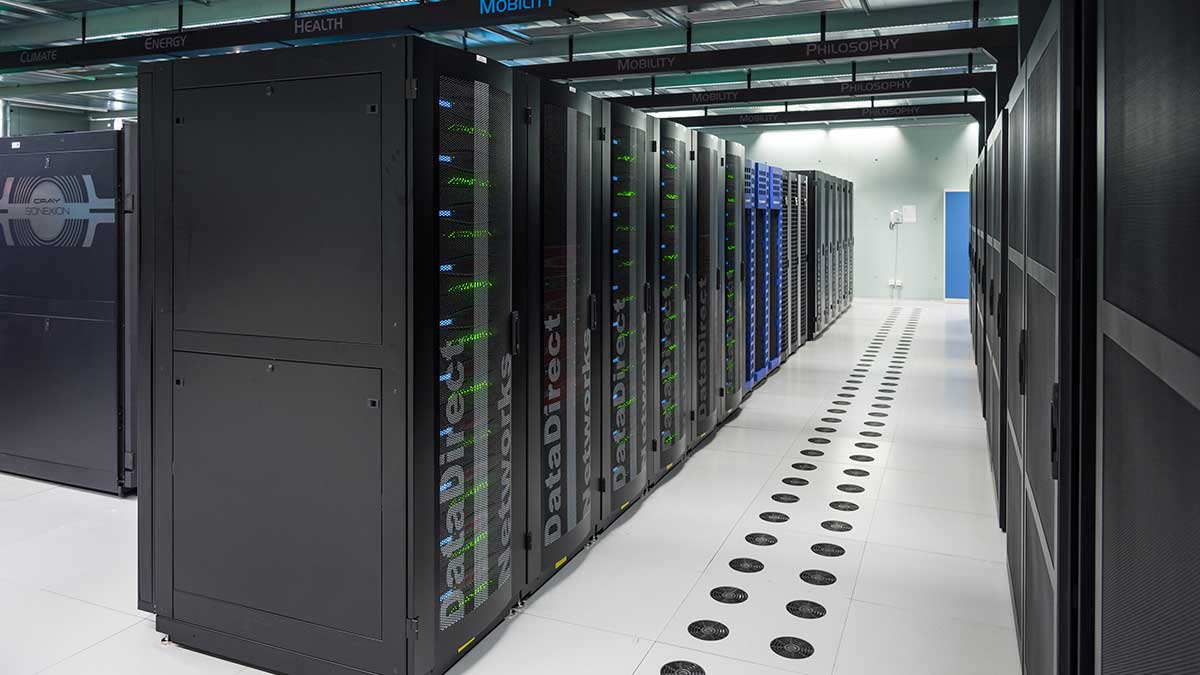Data is everything for businesses these days. No organization can afford to lose even the tits bits of it. All the critical business decisions, powerful algorithms, and valuable insights come from data assets, and thus, companies are always protecting them from malicious minds.
Every piece of information collected has not just to be secured, but also made accessibly. This is where data storage plays a crucial role. You physically record your media and information in other systems to protect it from hackers or retrieve it when needed. But, how you decide which data storage strategy to opt for? Well, that majorly depends upon your regular storage needs and the ways you wish to access the files. Once you have a clear understanding of it and your network capabilities, you can align whatever data solutions with it.
You can opt for either of the following:
• On-premise storage. In this method, you can store data on local servers, computers, or other devices. But, for that, you need to keep your IT infrastructure game pretty strong. You have to invest money to build it and then deal with the costs of maintaining it. There is no doubt that the security shield you get from it will be unbeatable.
• Cloud storage. It involves storing data on third-party servers or hardware. You can buy the storage space as you require and later buy expand with new requirements. The best part is you can access your data anytime, anywhere. However, you do need a solid internet connection. If you have it, you can extend your reach without investing in any network equipment. This offsite data storage method gives flexibility and can be the right solution for businesses with a small budget.
• Colocation. When the organizations wish to have complete ownership and control over their data but don’t want the hassle of maintaining it, colocation works great. In this practice, all sensitive files and documents are stored on privately-owned servers but in a third-party data center. The facility is shared and is cheaper than building a new data center.
You can also choose amongst a variety of storage devices such as –
1. External Hard Drives
When it comes to storing data, everyone first thinks of Hard Disk Drives (HDD). There are a myriad of data storage options but internal and external hard drives remain the most popular choice of users. External hard drives are used for backing up and sharing large amounts of data. These drives are available in a wide range of capacities, dimensions, and connection types. HDD is a simple and cheap way to store data. You connect HDDs to the computer systems, and all your files can be written over an optical and circular disk using a sensor arm.
2. Solid State Drives
These are multiple times faster and durable than HDDs but are expensive and limited for storing your data. The solid-state drives have no moving parts and store data using NAND flash memory on a microchip. This feature makes SSDs much faster and durable than HDDs. However, SSDs have a limited number of write cycles and this makes this data storage device more costly. There are also enterprise-grade SSDs that are more suited for professional use. Unlike consumer SSDs, enterprise SSDs can sustain more endurance during increased workloads and are available in larger capacities.
3. Tape Drives
Companies that resort to this mode of storage use it for archival purposes – storing old and less used data. Tape Drive is an outdated, low-tech solution for storing data. These devices are mainly used for storing large volumes of archival data because of their low cost. The newer versions of tape drives can last for decades and need very little maintenance.
4. Network-Attached Storage
Network Attached Storage (NAS) connects to the internet and uses multiple hard drives. This type of data storage unit is great for collaboration. NAS is commonly used by businesses that generate a lot of files and numerous employees need to access those files. It provides centralized control of all the files and the RAID configuration helps in protecting the data. However, when the work load increases, it may slow down the performance of NAS. It connects your office network in a way that the designated users can access the files from their mobile devices and computer systems without plugging into the drive. Thus, you can consolidate storage and increase efficiency, and ensure your Synology data recovery without any hassle.
Final Thoughts
All the above-mentioned data storage solutions have some pros and cons, so it is better to consult an IT advisor to choose the best option for your specific needs. And, since the chances of data loss won’t be eliminated completely, make sure you always have the contact number of a data recovery specialist handy.
